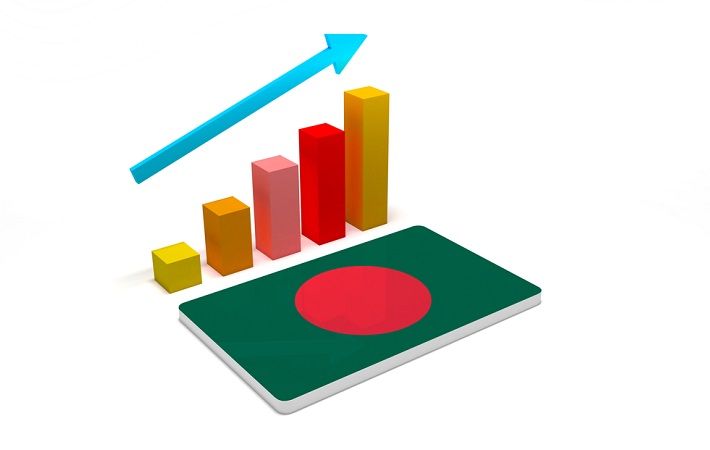
Over the past 50 years, these seven nations have consistently outpaced the world average gross domestic product (GDP) per capita growth by more than 1 per cent, the report said.
The report grouped LDCs into the three categories: ‘falling behind’, ‘muddling through’ and ‘catching up.’ It said the LDCs whose long-term growth rate of per capita income has exceeded the world’s weighted average by more than one percentage point is termed ‘catching up’.
The countries whose long-term GDP per capita growth rate is lower by more than one percentage point than the world’s weighted average is labelled as ‘falling behind.’ Those whose GDP per capita growth rate has fallen within the band defined by the world’s average of ± 1.0 per cent are ‘muddling through.’
The grouping of the world’s weakest economies has expanded from an initial 25 countries in 1971, peaking at 52 in 1991, and stands at 46 today, with only six countries having graduated—stopped being an LDC—to date.
The report mentioned that worldwide growth accelerations have been three times as frequent as decelerations in the 1971-2019 period and LDCs stand out for having experienced growth collapses far more frequently than other countries.
“Compared to other country groups, on average, LDCs have tended to enjoy slower growth accelerations and suffer slightly more severe decelerations,” it added.
The report also said that If all individual LDCs had at least one instance of growth acceleration (which by construction lasted at least three years), the most successful LDCs spent a considerable number of years in this condition (the maximum being 19 years in the case of Cambodia).
Fibre2Fashion News Desk (DS)